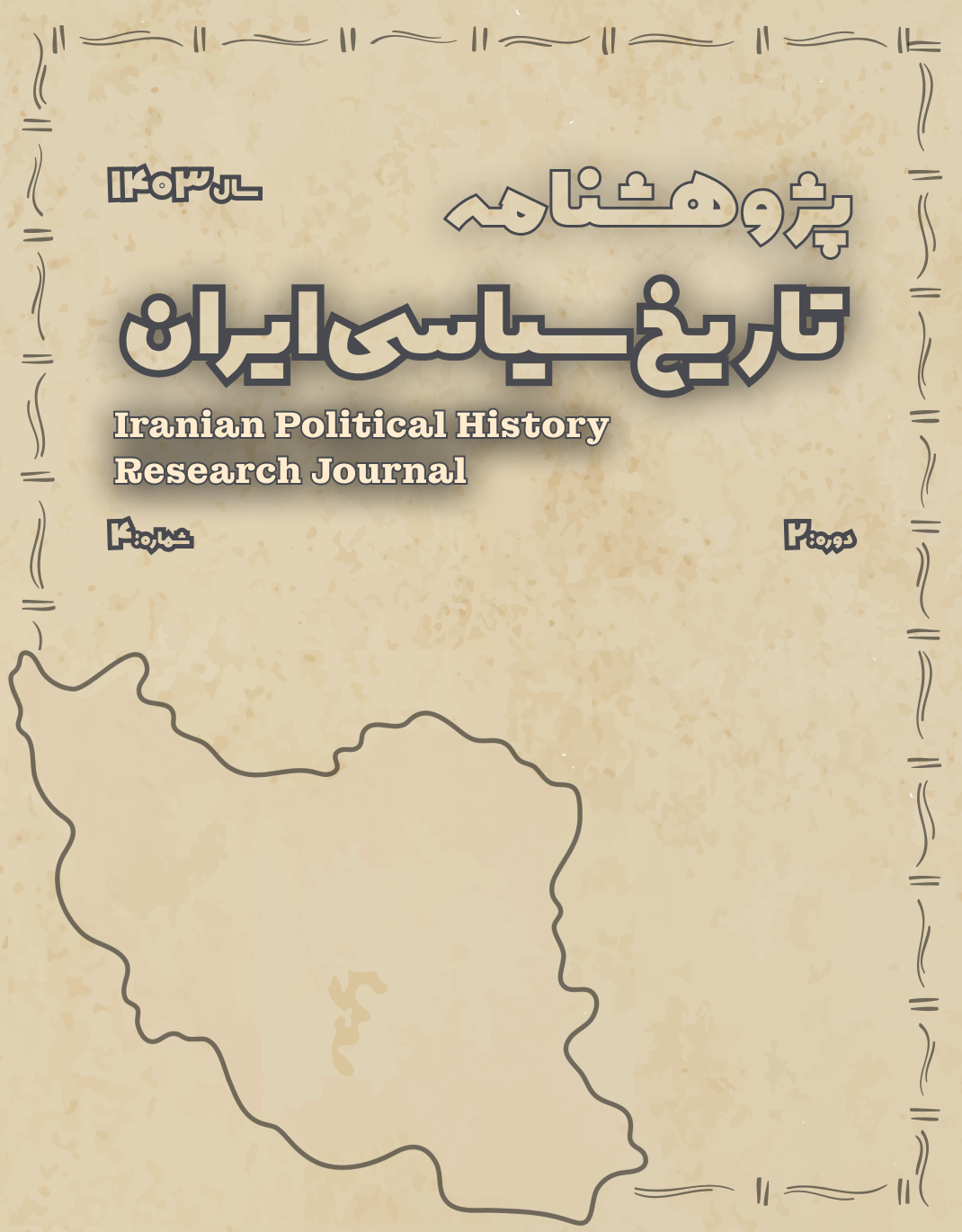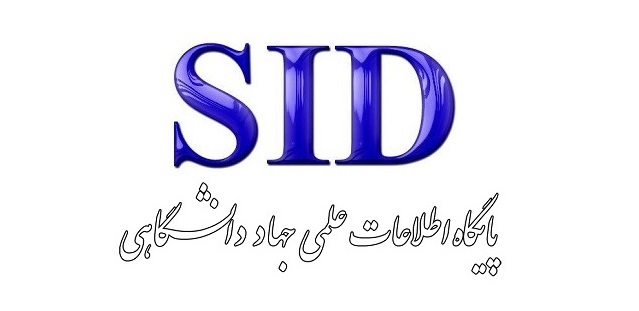بررسی سیاستهای فرهنگی شاه عباس اول
کلمات کلیدی:
صفویان, شاه عباس اول, سیاست فرهنگی, تشیع دوازدهامامی, مشروعیت سیاسی, هویت ایرانی, اصفهان, معماری اسلامی, دولتسازیچکیده
مقاله حاضر با هدف بررسی سیاستهای فرهنگی شاه عباس اول، به تحلیل ابعاد ایدئولوژیک، اجتماعی و نمادین این سیاستها در بستر تاریخی دوران صفوی میپردازد. پژوهش حاضر با روش توصیفی-تحلیلی و بر اساس منابع دستاول و مطالعات معتبر ثانویه، تلاش میکند نقش سیاست فرهنگی را در فرآیند دولتسازی صفویان و بازسازی هویت دینی-ملی ایرانیان مورد واکاوی قرار دهد. یافتهها نشان میدهد که شاه عباس اول با بهرهگیری از ابزارهایی چون حمایت از نهادهای دینی و علمای شیعه، بازسازی شهری اصفهان، ترویج آیینهای مذهبی، و توسعه هنرهای شیعی نظیر کاشیکاری، معماری و خوشنویسی، یک نظم فرهنگی-مذهبی جدید خلق کرد که مشروعیت سلطنت مطلقه صفوی را در سطح جامعه نهادینه ساخت. همچنین، حمایت از زبان فارسی و ادبیات شیعی موجب شکلگیری هویت فرهنگی منسجمی شد که جایگزین ساختارهای قبیلهای و طایفهای پیشین گردید. مقاله نشان میدهد که این سیاستها علاوه بر افزایش انسجام سیاسی و تمرکز قدرت، به سرکوب جریانهای فرهنگی رقیب مانند صوفیان و اهل سنت نیز انجامید و نوعی یکدستی فرهنگی به بهای حذف تنوع مذهبی و قومی شکل گرفت. تحلیل گفتمان سیاست فرهنگی شاه عباس بر پایه نشانهشناسی معماری، متون رسمی و آیینهای مذهبی، حاکی از پیوند عمیق میان ایدئولوژی شیعی، فرهنگ عمومی و ساختار قدرت سیاسی در دوره صفوی است. در نهایت، مقاله پیشنهاد میکند مقایسه تطبیقی این سیاستها با دورههای تاریخی دیگر مانند قاجار و پهلوی، میتواند به درک بهتری از تحولات سیاست فرهنگی در تاریخ ایران بینجامد.
دانلودها
مراجع
Babayan, K. (2002). Mystics, Monarchs, and Messiahs: Cultural Landscapes of Early Modern Iran. Harvard University Press.
Bourdieu, P. (1991). Language and Symbolic Power (J. B. Thompson, Ed.). Harvard University Press.
Foucault, M. (1977). Discipline and Punish: The Birth of the Prison. Pantheon Books.
Gramsci, A. (1971). Selections from the Prison Notebooks. International Publishers.
Morgan, D. (2007). Medieval Persia 1040-1797. Routledge.
Newman, A. J. (2006). Safavid Iran: Rebirth of a Persian Empire. I. B. Tauris.
Richards, J. F. (1993). The Mughal Empire. Cambridge University Press.
Savory, R. M. (1980). Iran under the Safavids. Cambridge University Press.
Streusand, D. E. (1999). Islamic Gunpowder Empires: Ottomans, Safavids, and Mughals. Westview Press.
Melville, C. (2006). Safavid Persia: The History and Politics of an Islamic Society. I.B. Tauris.
Rostami, S. (2021). Cultural Nationhood and Political Legitimacy in Safavid Iran. Journal of Iranian Studies, 54(3), 345–370.









